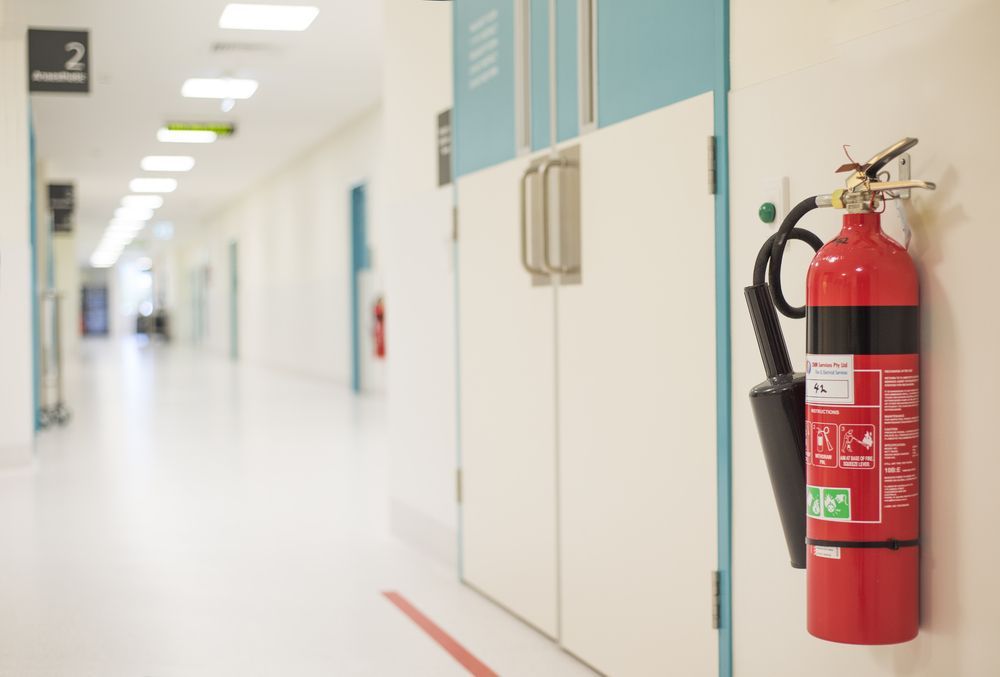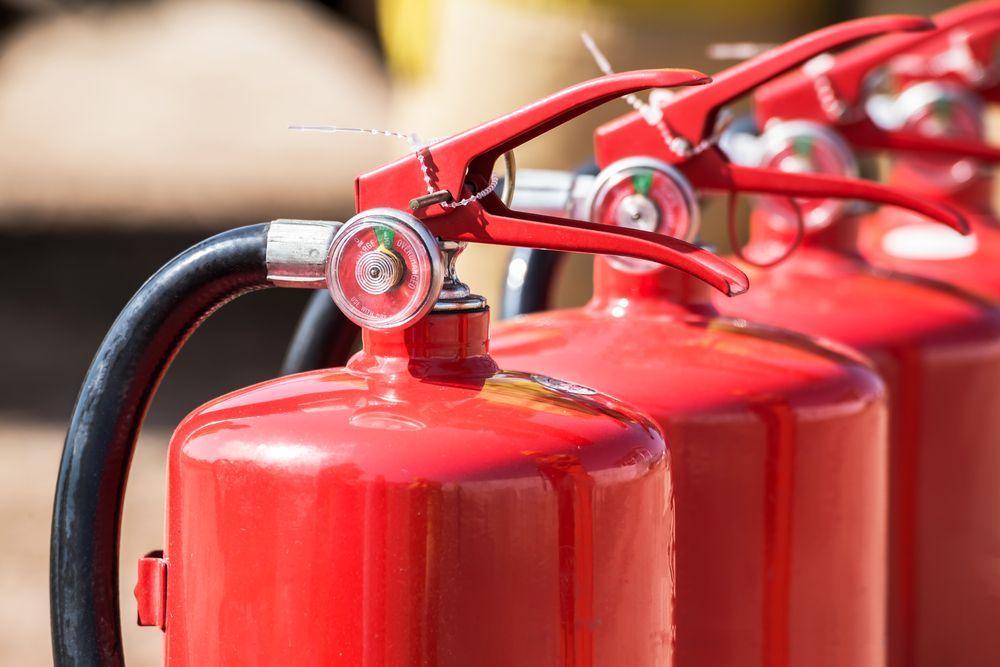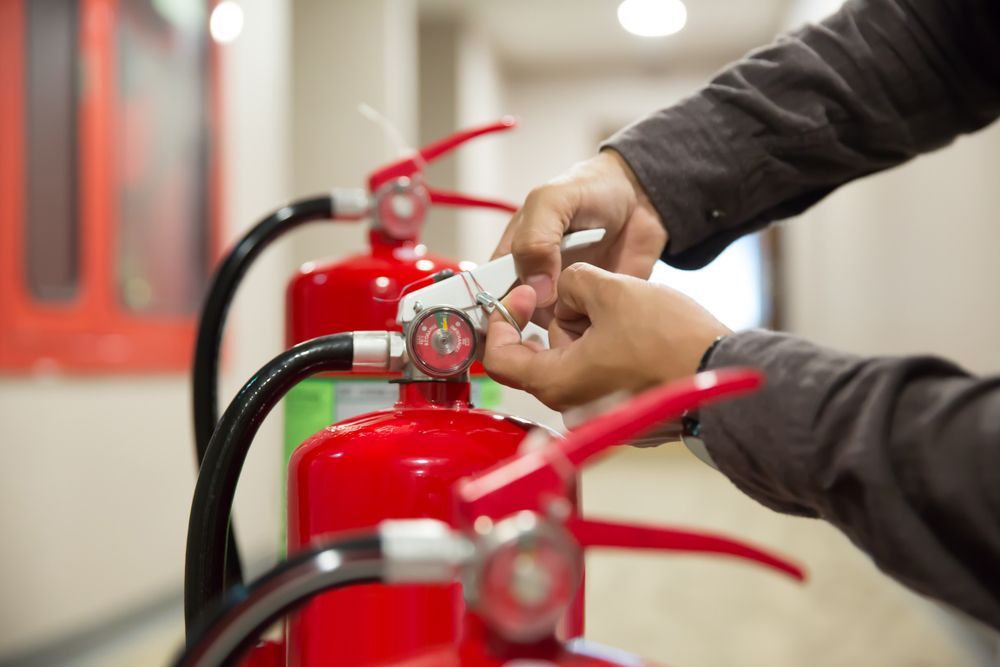Fire Safety Practitioners in the Northern Rivers
Your Fire Safety Experts
As Accredited Fire Safety Practitioners in the Northern Rivers, FIRE STOP takes the stress out of preparing your Annual Fire Safety Statement. We’ll carry out a comprehensive fire safety assessment of your building, identify any hazards and recommend remedial action. Our team works closely with you to ensure the building complies with NSW Fire Safety Legislation.
In NSW, only an Accredited Practitioner (Fire Safety) can prepare a Fire Safety Statement for lodgment with the local council. An Accredited Practitioner must be certified by the Fire Protection Association of Australia and are liable for their endorsement of Fire Safety Measures in a building. This provides a higher level of accountability and gives you the peace of mind that your Fire Safety Statement has been prepared by a competent and experienced professional.
Have Peace of Mind
The Annual Fire Safety Statement (AFSS) provided by FIRE STOP must then be lodged with Council by the building owner. If you need help with your Fire Safety Statement or have any questions about fire safety in your building, please don't hesitate to contact us. Our accredited fire safety practitioners are ready to help you with your Annual Fire Safety Statement. We serve the Northern Rivers region, including Ballina, Murwillumbah, Casino, Byron Bay, Lismore, Mullumbimby, Brunswick Heads, Casuarina, and Tweed Heads. Call us today to find out more.
Professional compliance solutions in the Northern Rivers. Contact us for a free quote!








